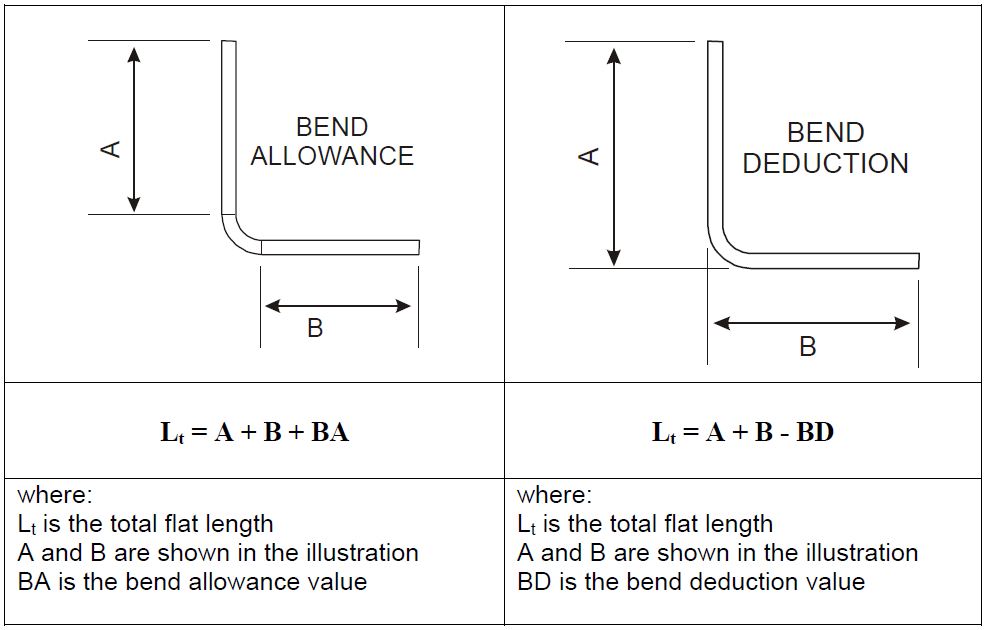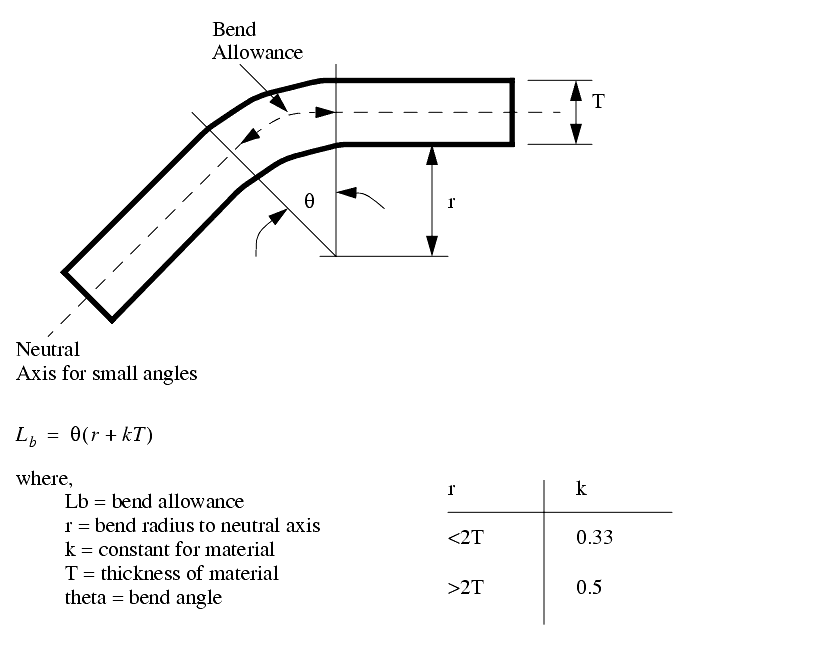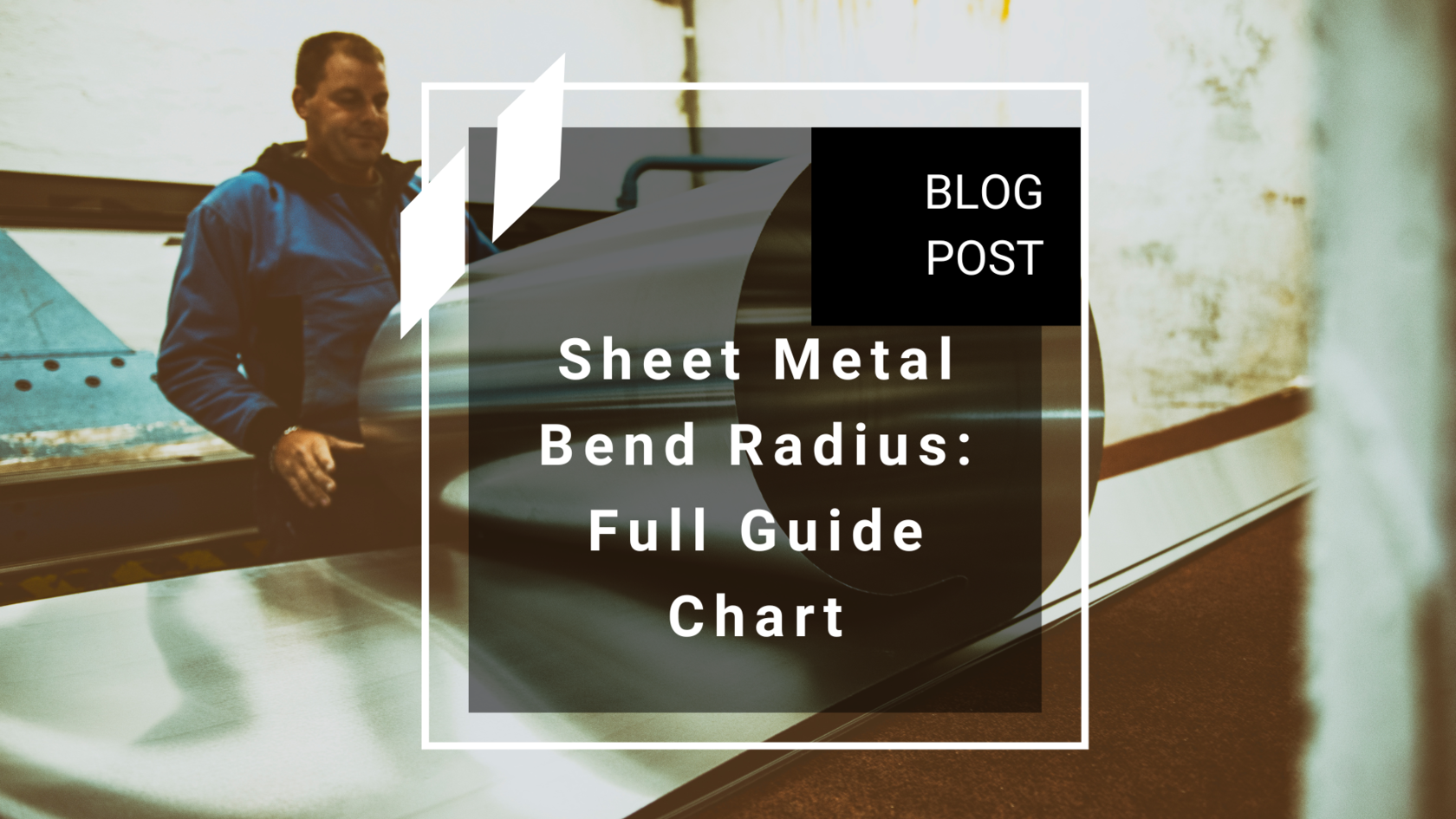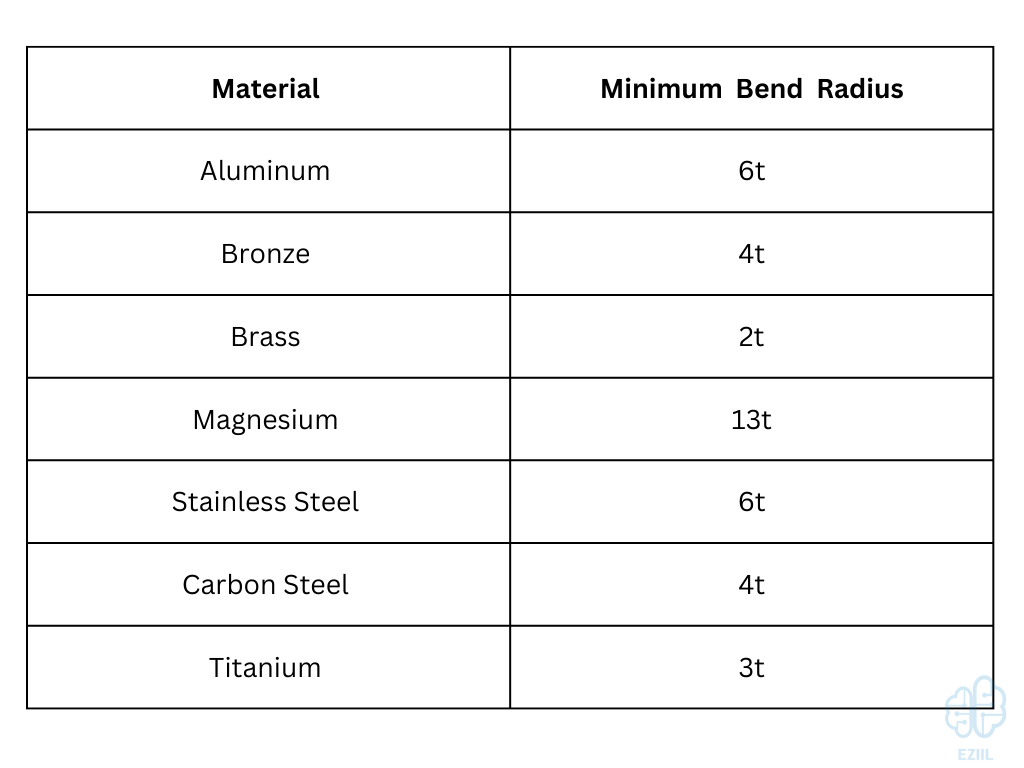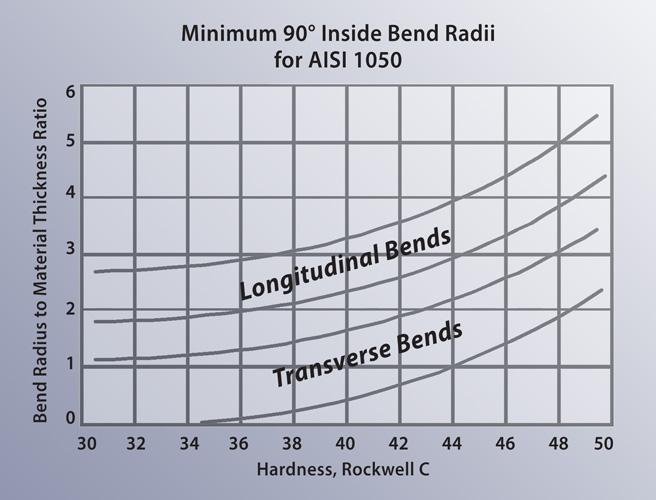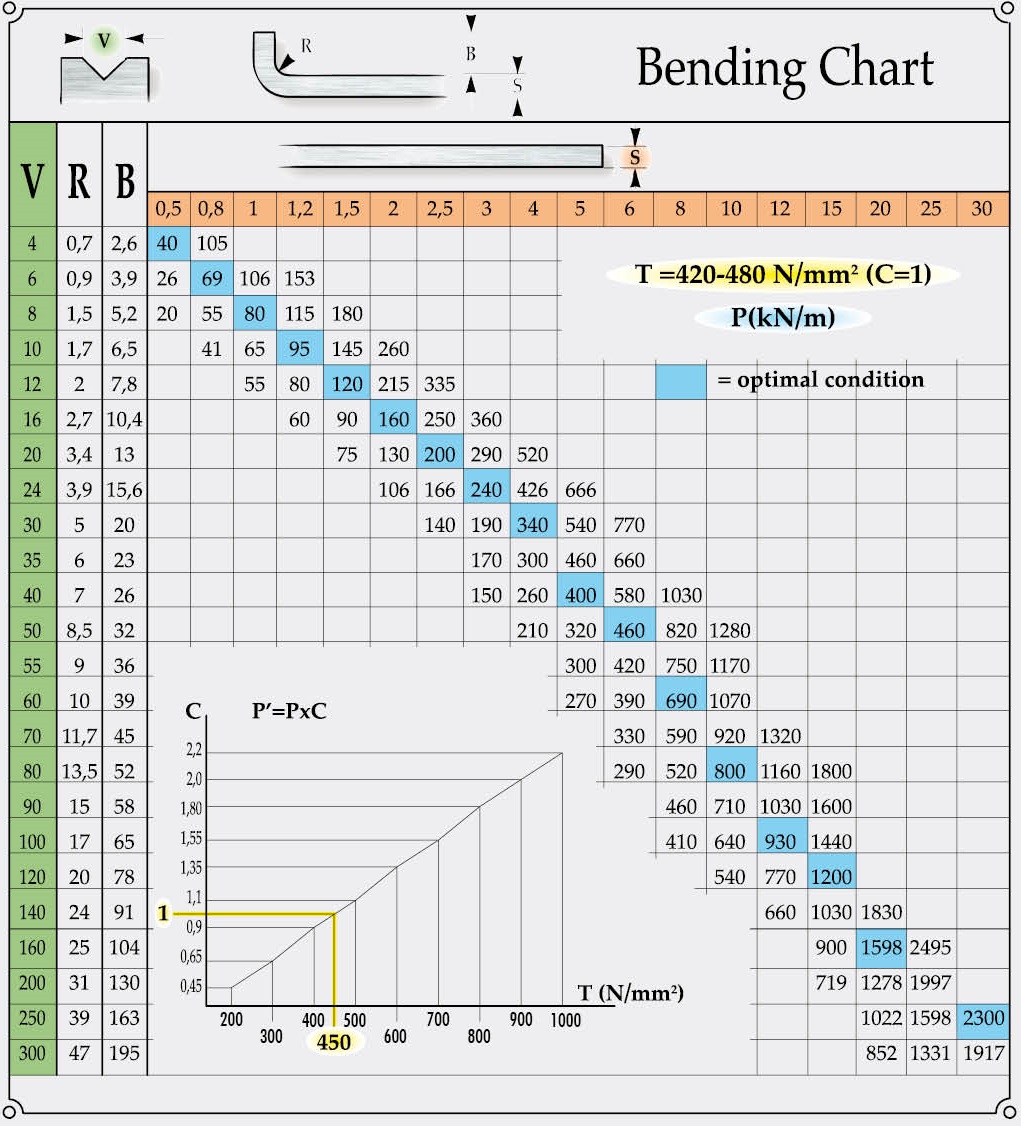Min Bend Radius For Sheet Metal - Thick, grade 350 and 400 may have a minimum bend radius of 2.5 times the material thickness when. We’ve broken down our minimum bend radii into two values: The minimum bend radius should generally be at least equal to the material thickness (1t) to avoid. How to implement the industry standard sheet metal bend radius. Your best bet when designing formed parts is to use the. A common rule of thumb for determining the minimum bend radius is based on the thickness of the sheet metal and the type of material used. In steel between 0.5 and 0.8 in. Minimum hole distance and minimum flange distance.
The minimum bend radius should generally be at least equal to the material thickness (1t) to avoid. We’ve broken down our minimum bend radii into two values: How to implement the industry standard sheet metal bend radius. Your best bet when designing formed parts is to use the. In steel between 0.5 and 0.8 in. Thick, grade 350 and 400 may have a minimum bend radius of 2.5 times the material thickness when. A common rule of thumb for determining the minimum bend radius is based on the thickness of the sheet metal and the type of material used. Minimum hole distance and minimum flange distance.
Your best bet when designing formed parts is to use the. We’ve broken down our minimum bend radii into two values: In steel between 0.5 and 0.8 in. Minimum hole distance and minimum flange distance. How to implement the industry standard sheet metal bend radius. The minimum bend radius should generally be at least equal to the material thickness (1t) to avoid. A common rule of thumb for determining the minimum bend radius is based on the thickness of the sheet metal and the type of material used. Thick, grade 350 and 400 may have a minimum bend radius of 2.5 times the material thickness when.
Sheet Metal Bend Radius Calculator at Horace Winfield blog
Thick, grade 350 and 400 may have a minimum bend radius of 2.5 times the material thickness when. Minimum hole distance and minimum flange distance. Your best bet when designing formed parts is to use the. How to implement the industry standard sheet metal bend radius. We’ve broken down our minimum bend radii into two values:
Sheet Metal Bend Radius Calculator at Horace Winfield blog
How to implement the industry standard sheet metal bend radius. Thick, grade 350 and 400 may have a minimum bend radius of 2.5 times the material thickness when. In steel between 0.5 and 0.8 in. We’ve broken down our minimum bend radii into two values: Minimum hole distance and minimum flange distance.
Sheet Metal Design Guidelines How to Design Good Sheet Metal Parts
In steel between 0.5 and 0.8 in. The minimum bend radius should generally be at least equal to the material thickness (1t) to avoid. We’ve broken down our minimum bend radii into two values: How to implement the industry standard sheet metal bend radius. A common rule of thumb for determining the minimum bend radius is based on the thickness.
Minimum Bend Radius Reference Table For Sheet Metal Xometry Europe
A common rule of thumb for determining the minimum bend radius is based on the thickness of the sheet metal and the type of material used. Minimum hole distance and minimum flange distance. How to implement the industry standard sheet metal bend radius. Your best bet when designing formed parts is to use the. The minimum bend radius should generally.
Sheet Metal Bend Radius Full Guide Chart
We’ve broken down our minimum bend radii into two values: Thick, grade 350 and 400 may have a minimum bend radius of 2.5 times the material thickness when. A common rule of thumb for determining the minimum bend radius is based on the thickness of the sheet metal and the type of material used. Your best bet when designing formed.
Sheet Metal Bend Radius Full Guide Chart
How to implement the industry standard sheet metal bend radius. Minimum hole distance and minimum flange distance. We’ve broken down our minimum bend radii into two values: In steel between 0.5 and 0.8 in. Your best bet when designing formed parts is to use the.
Sheet Metal Inside Bend Radius Calculator at Joel Watts blog
In steel between 0.5 and 0.8 in. Minimum hole distance and minimum flange distance. Your best bet when designing formed parts is to use the. A common rule of thumb for determining the minimum bend radius is based on the thickness of the sheet metal and the type of material used. How to implement the industry standard sheet metal bend.
Calculate the minimum bend radius of sheet metal/steel plate
A common rule of thumb for determining the minimum bend radius is based on the thickness of the sheet metal and the type of material used. Your best bet when designing formed parts is to use the. How to implement the industry standard sheet metal bend radius. Minimum hole distance and minimum flange distance. We’ve broken down our minimum bend.
Sheet Metal Inside Bend Radius Calculator at Joel Watts blog
How to implement the industry standard sheet metal bend radius. A common rule of thumb for determining the minimum bend radius is based on the thickness of the sheet metal and the type of material used. We’ve broken down our minimum bend radii into two values: The minimum bend radius should generally be at least equal to the material thickness.
Common sheet metal design Basic rules or guidelines Minimum Bend
We’ve broken down our minimum bend radii into two values: A common rule of thumb for determining the minimum bend radius is based on the thickness of the sheet metal and the type of material used. How to implement the industry standard sheet metal bend radius. Minimum hole distance and minimum flange distance. Your best bet when designing formed parts.
The Minimum Bend Radius Should Generally Be At Least Equal To The Material Thickness (1T) To Avoid.
How to implement the industry standard sheet metal bend radius. Thick, grade 350 and 400 may have a minimum bend radius of 2.5 times the material thickness when. In steel between 0.5 and 0.8 in. We’ve broken down our minimum bend radii into two values:
Minimum Hole Distance And Minimum Flange Distance.
A common rule of thumb for determining the minimum bend radius is based on the thickness of the sheet metal and the type of material used. Your best bet when designing formed parts is to use the.
